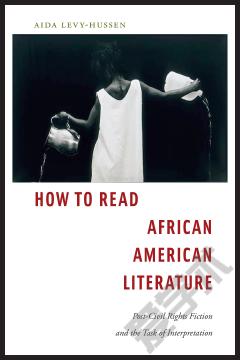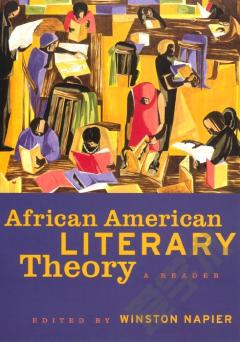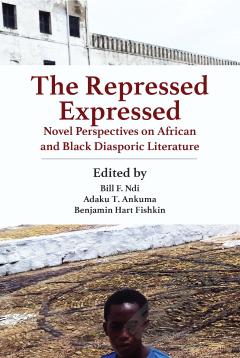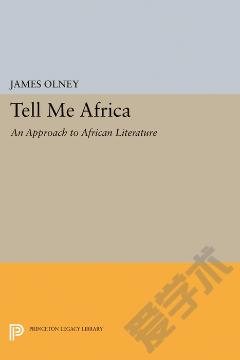How to Read African American Literature: Post-Civil Rights Fiction and the Task of Interpretation
How to Read African American Literature offers a series of provocations to unsettle the predominant assumptions readers make when encountering post-Civil Rights black fiction. Foregrounding the large body of literature and criticism that grapples with legacies of the slave past, Aida Levy-Hussen's argument develops on two levels: as a textual analysis of black historical fiction, and as a critical examination of the reading practices that characterize the scholarship of our time. Drawing on psychoanalysis, memory studies, and feminist and queer theory, Levy-Hussen examines how works by Toni Morrison, David Bradley, Octavia Butler, Charles Johnson, and others represent and mediate social injury and collective grief. In the criticism that surrounds these novels, she identifies two major interpretive approaches: therapeutic reading (premised on the assurance that literary confrontations with historical trauma will enable psychic healing in the present), and prohibitive reading (anchored in the belief that fictions of returning to the past are dangerous and to be avoided). Levy-Hussen argues that these norms have become overly restrictive, standing in the way of a more supple method of interpretation that recognizes and attends to the indirect, unexpected, inconsistent, and opaque workings of historical fantasy and desire. Moving beyond the question of whether literature must heal or abandon historical wounds, Levy-Hussen proposes new ways to read African American literature now.
{{comment.content}}








 京公网安备 11010802027623号
京公网安备 11010802027623号